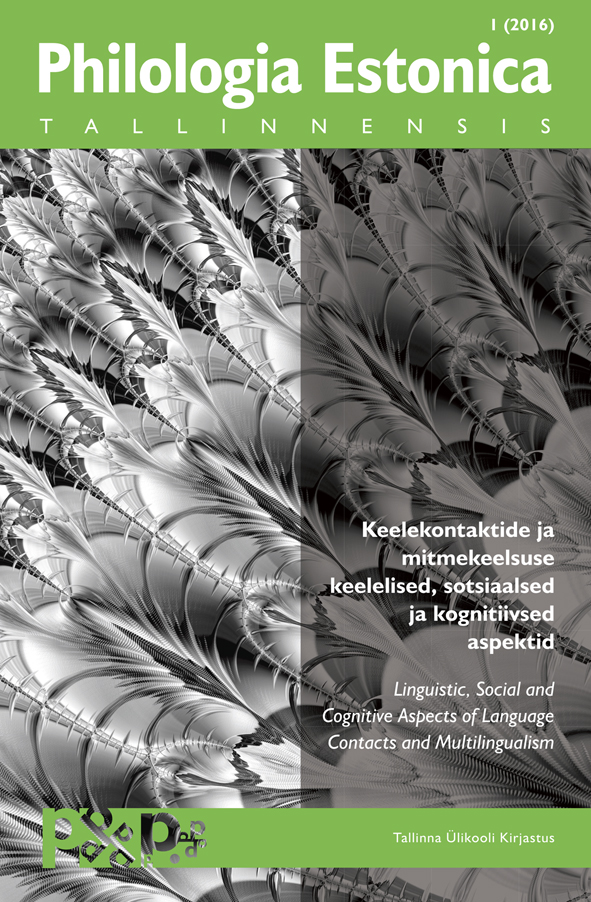
Dyadic conflicts and motivational empathy: The Method of Motivational Induction and the accuracy of reciprocal inferences about motives
Dyadic conflicts and motivational empathy: The Method of Motivational Induction and the accuracy of reciprocal inferences about motives
Keywords: motivational empathy; reciprocal motivational inferences; intrinsic and extrinsic motives
Because in everyday life people make inferences about the kind and intensity of others' motives, the present study explores the process through which non-experts make inferences about others' motives. The self-determination theory predicted and many empirical studies inspired by it proved that the dynamic of the relations between intrinsic and extrinsic motives is influenced by social cues and relationships (Cozzolino et al., 2004; Deci et al., 2001; Senécal et al., 2001). The construct and method of empathic accuracy (Ickes, 1993) opened new perspectives on the interaction between motivation and interpersonal cognitive processes. The motivational empathy is assessed through the accuracy of motivational inferences and is considered a distinctive indicator of motivational intelligence (Mamali, 1998). Using the Method of Motivational Induction (Nuttin, Lens, 1980/1985), participants were asked to make inferences about the motives of others. After each participant completed one's own MIM and after the participants have been grouped in three types of dyads based on the results of their prior sociometrical test, they made inferences about the partners' motives. The 72 dyads in which each participant was asked to make accurate inferences about the others’ motives were: +/+, reciprocal attractions (26); +/-, contradictory relations (22); -/-, reciprocal rejection (24). The findings suggest that those who belong to reciprocal attraction dyads display the highest involvement in finalizing the approximation of the partner's motives. Also the data suggest that those who form the reciprocal rejection dyads and finalize their approximations of other's motives achieve inferences with highest level of accuracy.
More...

